What are the basic things I should know before starting a recipe?
It’s always a good idea to read any recipe all the way through before beginning, in case there are any specific things you need to know. It’s also advisable to do all your weighing before you start so you know you’ve got everything you need. Lastly, always preheat your oven so that when you’re ready to bake the oven is at the correct temperature.
What’s the difference between a fan oven and a conventional oven?
Most ovens have two different settings, convection (otherwise known as fan-forced or fan setting) and conventional (heated through a top and bottom element), which can both be used for baking. When it comes to baking things like cakes, a fan oven is better as it encourages rising, for things like custards or flans, a conventional setting ensures even cooking. Realistically, you can use the two settings interchangeably, but be aware that sometimes a fan oven runs slightly hotter than a conventional setting, so you might need to drop the temperature by 10–20 degrees or so.
How do I know whether my baking powder and bicarb are still good to use?
Place a teaspoon of baking powder into hot water – if it bubbles and fizzes, you’re good to go. For bicarb (or baking soda), drop a teaspoon into vinegar and look for fizzing, which also means it’s still fresh.
How do I know if my butter and sugar mixture is properly creamed?
Easily the most common stumbling block that bakers get stuck on, creaming refers to combining butter and sugar to create a smooth, aerated result. Often, it’s best to do this using a handheld beater or a stand mixer, but it can be done by hand. After beating the butter and sugar for about 5–10 minutes, the mixture should have lightened in colour and doubled in volume – if not, you need to keep beating. Don’t rush this step as creaming is the first step to proper aeration, which creates light and fluffy cakes.
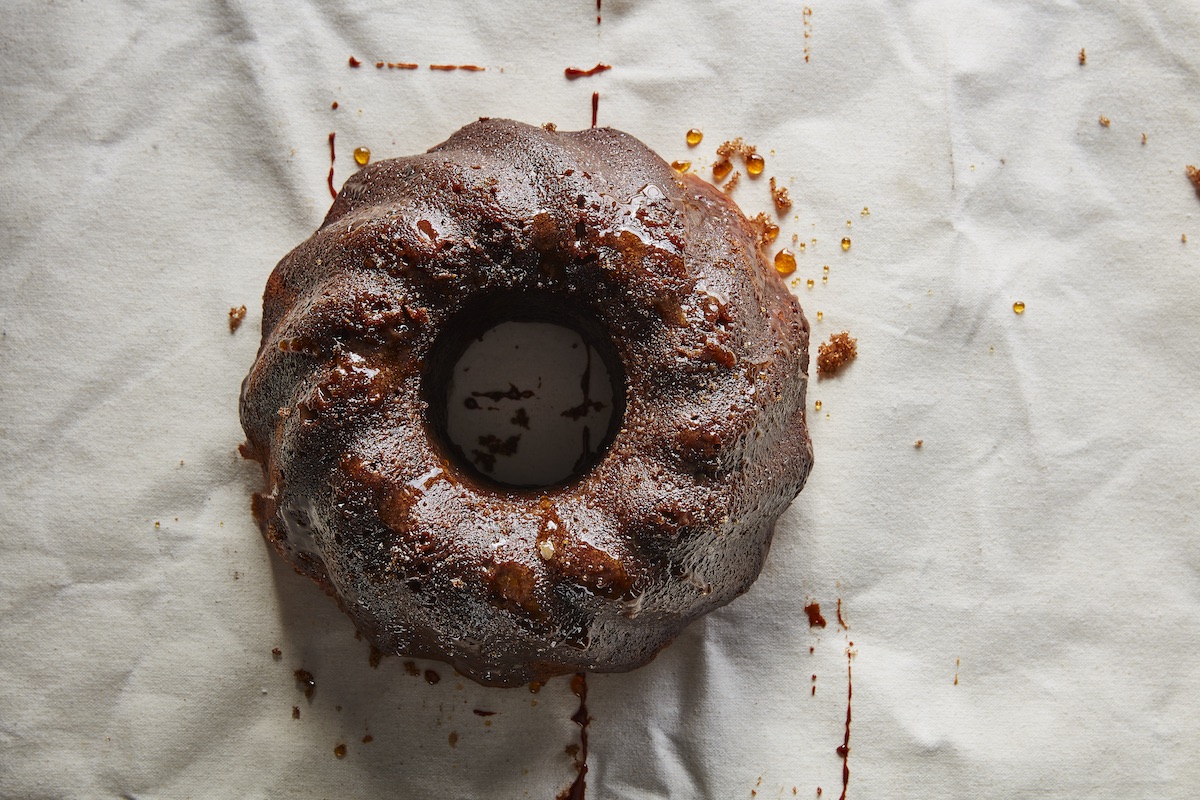
Why did my cake batter split? What can I do to fix this?
The most common reason cake batters split is cold eggs, so the easiest way to avoid splitting your cake batter is to make sure all ingredients are at room temperature. If it’s too late and your mixture has already split, all is not lost. If you notice that your batter has split after adding one egg, you can beat in a tablespoon of flour in between the remaining eggs, and this should bring the batter back together. If the batter has split after all the eggs were added, gradually beat in 2–3 tablespoons of flour before moving on to the rest of the recipe. While the addition of flour will help bring everything back together, there’s still a chance that your cake will come out slightly denser that you hoped. This really isn’t the end of the world though, and chances are you’ll be the only person who notices.
What’s the difference between baking parchment, greaseproof paper and wax paper?
When it comes to lining cake tins, most recipes will instruct you to grease the pan (either with butter or a cooking spray) and line the base with baking parchment or paper. This paper has a non-stick quality to it, meaning your cakes won’t get stuck in the tin. If you use something like greaseproof or wax paper to line the tins, you’ll find that the wet cake mix will cause it to dissolve slightly and this might affect the taste of the cake, as well as running the risk of having the cake stick to the tin.
Why did my custard curdle? Is there a way to save it?
Custards can curdle (or split) when they’re overcooked or cooked too quickly, which results in a grainy, scrambled egg-like texture. However, not all is lost, as you can salvage a split custard. Simply take it off the heat, and submerge the base of the pan into cold water (to bring the overall temperate down) and whisk vigorously to bring it back together. An even easier method is to pop everything into a high-speed blender, such as a Nutribullet and blitz it for a couple of seconds.
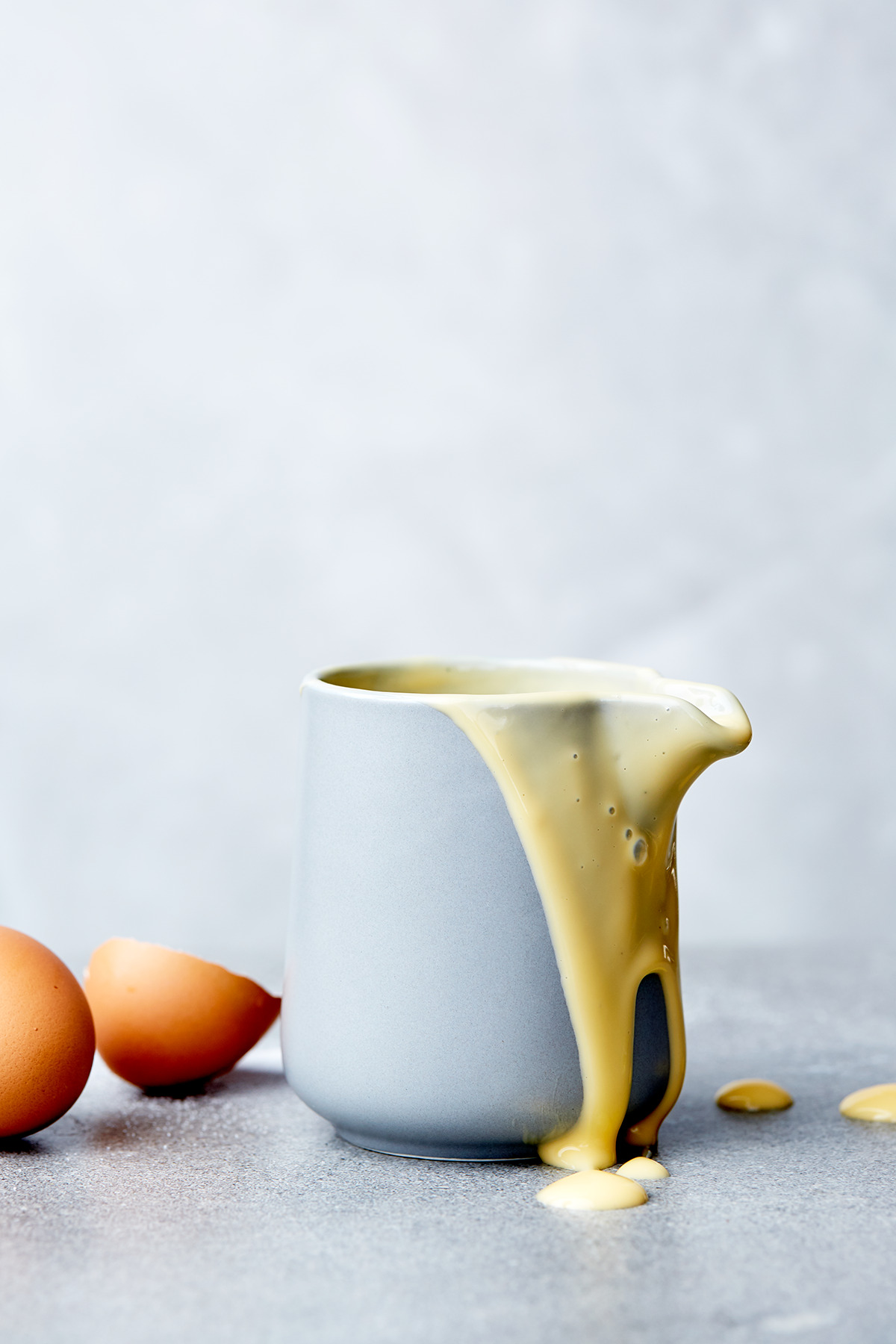
Ready to tackle baking? Find our ultimate collection of desserts and baked goods here.

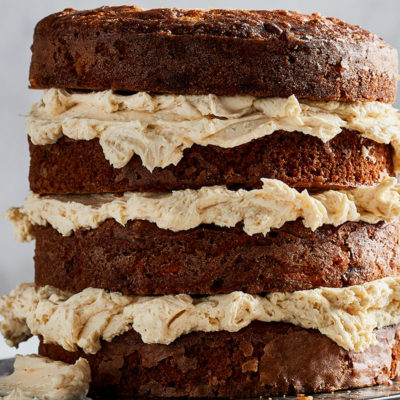

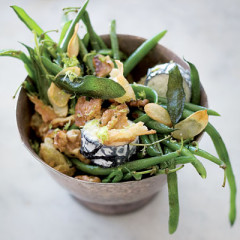
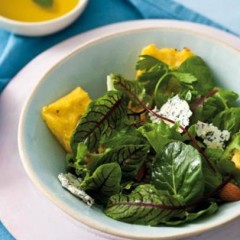
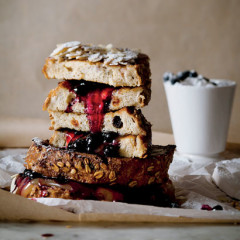
Comments